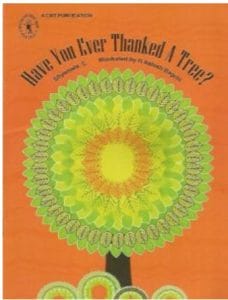India is a country of a million tales, grandmother tales, old wives tales, thousands of animal tales and mythology, legends, and many more stories and in many dialects. Stories always absorb every human being. In fact, in a rblog post by Hemang Mehta, he says, what we share on social media is usually stories or sayings that touch our hearts. What touches our hearts, helps us remember and learn.
Reading aloud stories open the windows of our hearts and minds in the land of mystery and magic and possibility of ideas and dreams. Through read-aloud sessions, children discover passions and ways to express themselves. And, through stories, we can teach grammar, life lessons, pique interest in sciences, math, arts, technology, and biography. Why shouldn’t we include this in our regular life with our children and teach them through stories?
Reading aloud means becoming a storyteller, imbibing the content, using your voice and heart to tell the story. It opens the window into the world of magic, and enormous possibilities. You can read both fiction and nonfiction, magazines and even news articles.
Reading aloud must be meaningful and intentional. Being intentional creates a culture of listening and helps listeners look deeper into the elements of writing in good pieces of literature. Interactive read aloud sessions have 6 strands according to Linda Hoyt. Each of these elements can be taught through a picture book.
- Comprehension: This strand utilizes prior knowledge and asks questions to support summarizations and allow students to distinguish real from make beliefs. Terms such as main ideas, causes and effect, analyse and evaluate that commonly appear in standards of comprehension can be taught
- Story Elements: This strand includes identifying events in a plot sequence, author’s purpose, tracking character development, statement of theme and examining structural elements such as climax, setting, problem/solution and role of the narrator (we must understand each of these terms before we teach them to our students)
- Vocabulary/Literary Language: Through this strand, we can help students observe the power of precise vocabulary, appreciate rhythm, rhyme onomatopoeia, alliteration and literary language and to understand the meanings of unfamiliar words through contextual cues, transition words and multiple meanings in the texts (Again, it’s important for us to learn about these terms that build literary language)
- Literary elements and devices: Literary elements such as point of view, foreshadowing, repetition and exaggeration, getting at the heart of the authors’ studies of text to understand author’s vision. Simile, metaphors and personification are some of the literary devices. (These definitions can be googled and applied when the adult holds the picture book in their hand)
- Genre: Fiction, nonfiction fairy tale, drama, science fiction and so on – each has their particular structure. Exploring this with the students helps students learn what to expect from each genre (Identifying and differentiating these genres help us have deeper conversation with our students)
Engaging students with reading aloud times naturally lends itself to students to write while exploring different ideas. organization of text, voice, convention and so on. They begin to mirror and appreciate different writers’ styles.
